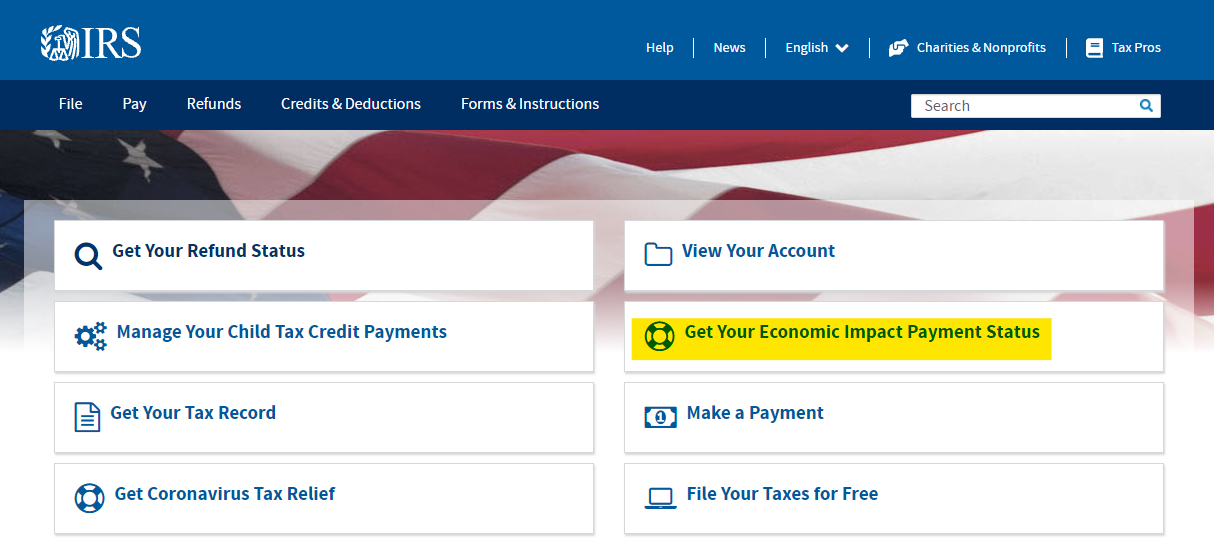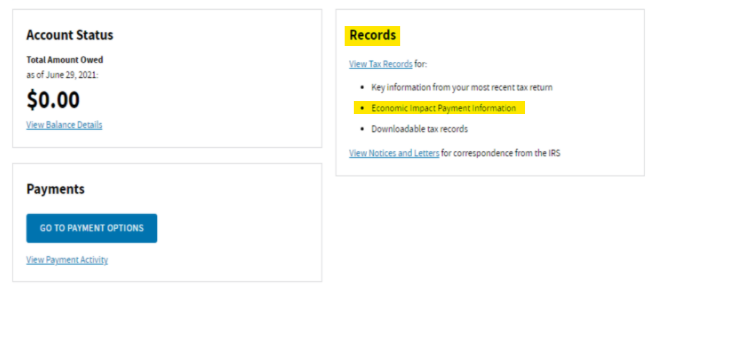'Math Error' : What the IRS Notice Really Means

As of early October, 2020, the IRS has sent over 9 million notices out to the American public. Over half of these notices were in response to a ‘math error’ with little to no other explanation on the subject. Receiving an IRS notice can be scary enough, but what do these mean?
Stimulus Confusion
Three stimulus (or Economic Impact Payment) checks were released in response to the corona virus pandemic to help stimulate the economy.
Let’s do a simple recap: if you made under $75,000 filing single, or under $150,000 filing jointly, then you received 3 successive payments. The first for $1200, the second for $600, and the third for $1400. For some Americans though, they did not receive any money at the time with the promise of seeing it in their tax refund – birthing the Recovery Rebate Credit.
Then tax season rolled around and the appropriate documents were sent out to tax payers, including form 1444. There were several versions of this form depending on the stimulus that was received (or didn’t) and not everyone received a form 1444 from the IRS even if they did qualify for the stimulus. Sequentially when taxes were filed many claimed the wrong amount of stimulus they received, resulting in the ‘math error’ notice.
Confirm If You Received the Payments
Before anything else you will need to confirm whether you did receive the payments. In filing for tax year 2020, it is only the first two payments we are concerned with.
The first would have been deposited, or come through mail, around April 2020 but it is possible it was deposited out into the summer months as well. The amount would be for around $1200 (less if your income was above the cutoff).
The second payment, for approximately $600, would have come between December 2020 & February 2021.
If you find either of those payments were received, then the IRS notice is correct: your refund is less, or you owe more federal taxes. If you do not find these payments and did not receive/deposit any checks then there are several ways to track them.
Tracking Stimulus Payments Through the IRS

There are two ways to track payments through the IRS. Both will require starting at the internal revenue service homepage ‘irs.gov‘. To track the payments, follow the ‘Get Your Economic Impact Payment Status’ link.

This opens up into a fairly dense screen. The ‘Get My Payment’ button will lead to a form that will track only the third payment, when it was sent out and what form it was sent out in (check, debit card). To find the status of the first two payments, the second link ‘First and Second Payment Status’ will bring up the steps to create an IRS account. For the 2020 taxes, only the first and second payments were accounted for, so an IRS account will need to be made.

It’ll prompt you to log in to an online account. Regardless if one has been created or will need to be created, click into the button and you’ll be given the option to sign up or sign in.
 Before creating an account, ensure the following information is on hand to make the process as easy and quick as possible:
Before creating an account, ensure the following information is on hand to make the process as easy and quick as possible:

Once an account has been successfully created, it will bring you to the IRS homepage where a payment could be made to the IRS as well as view all tax records the IRS has. Underneath Records there is a link to view ‘Economic Impact Payment Information’.

There it will be sorted by the first and second payments. By clicking on each it will show when the payment was delivered and for what amount. If the information on the IRS website is not matched by personal bank statements, or if you never received the payments the IRS has showing, then form 3911 will need to be filled out and mailed in to track the missing payment and begin an rebuttal to the IRS notice.
Receiving an IRS notice can often cause anxiety, especially one over a, but we are here to help. Contact us at your local office and we would be happy to look over any correspondence you’ve received and help you decipher what it means.